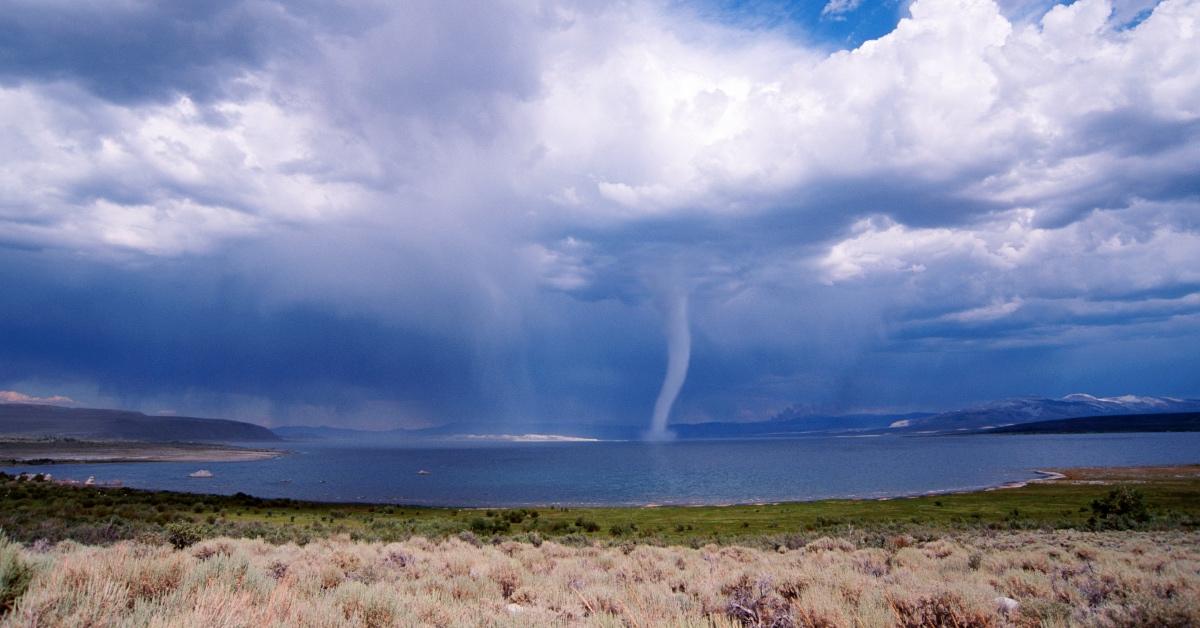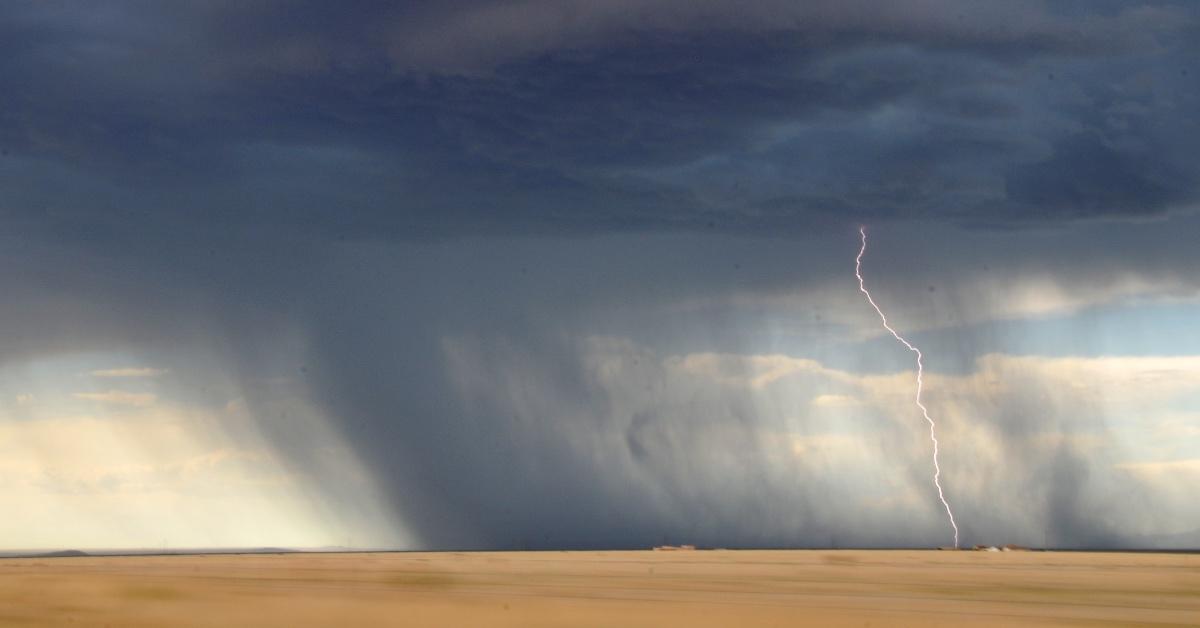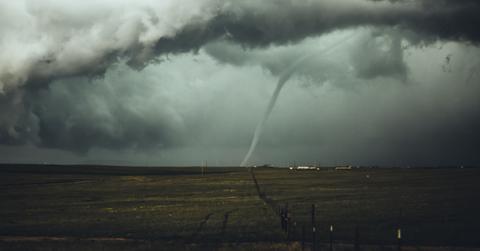Tornado Watch vs. Tornado Warning: What's the Difference and Why Does It Matter?
The difference between a tornado watch and a tornado warning could save your life
Updated June 25 2024, 9:53 a.m. ET
One of the many important facets of living in a world increasingly impacted by the climate crisis is paying attention to your weather alerts. It's essential to be aware of your surroundings, especially if you live in a state where natural disasters are more common such as tornadoes or hurricanes.
What is the difference between a tornado watch and a tornado warning? As tornadoes have been reported in all 50 states, you never know when an alert will come in handy. Keep reading for everything you need to know.

What is the difference between a tornado watch vs a tornado warning?
The difference between a tornado watch and a warning comes down to whether you are in immediate danger of a tornado. According to CNN, a tornado watch means "conditions are favorable for a tornado to develop," but there is no tornado.
That's not to say one should ignore a tornado watch. According to USA Today, tornado watches are often issued at least one hour but up to eight hours in advance so people can make a plan to act.
A tornado warning, however, means a tornado has already been spotted or already in progress, per FEMA. Typically this alert is a call to action from the National Weather Service, and signals that anyone in the immediate area should seek shelter until the tornado has passed.

Another alert one can receive is a tornado emergency.
In addition to a tornado watch and a tornado warning, there is also a tornado emergency, described by the National Weather Service as "An exceedingly rare tornado warning issued when there is a severe threat to human life and catastrophic damage from an imminent or ongoing tornado."
The first tornado emergency was issued in 1999 in Oklahoma, according to AccuWeather. A tornado had developed and was headed for the metro area, but meteorologists needed to find a way to warn citizens of the danger that was coming. A regular tornado warning would not suffice, so the tornado emergency was born!
Here's what to do in the event of a tornado.
If you suspect a tornado is headed your way or you have received an alert, these steps are essential to protect yourself and your loved ones during a tornado, as advised by the CDC.
- Create an emergency kit filled with fresh water, cash, charging devices, non-perishable food, medication, and batteries for a portable radio to listen to weather broadcasts.
- Find a good place to shelter. Ideally, this would mean a room without windows on the lowest possible floor of a building, such as a basement.
- Stay aware of other weather conditions.
This article, originally published on June 16, 2023, has been updated.
